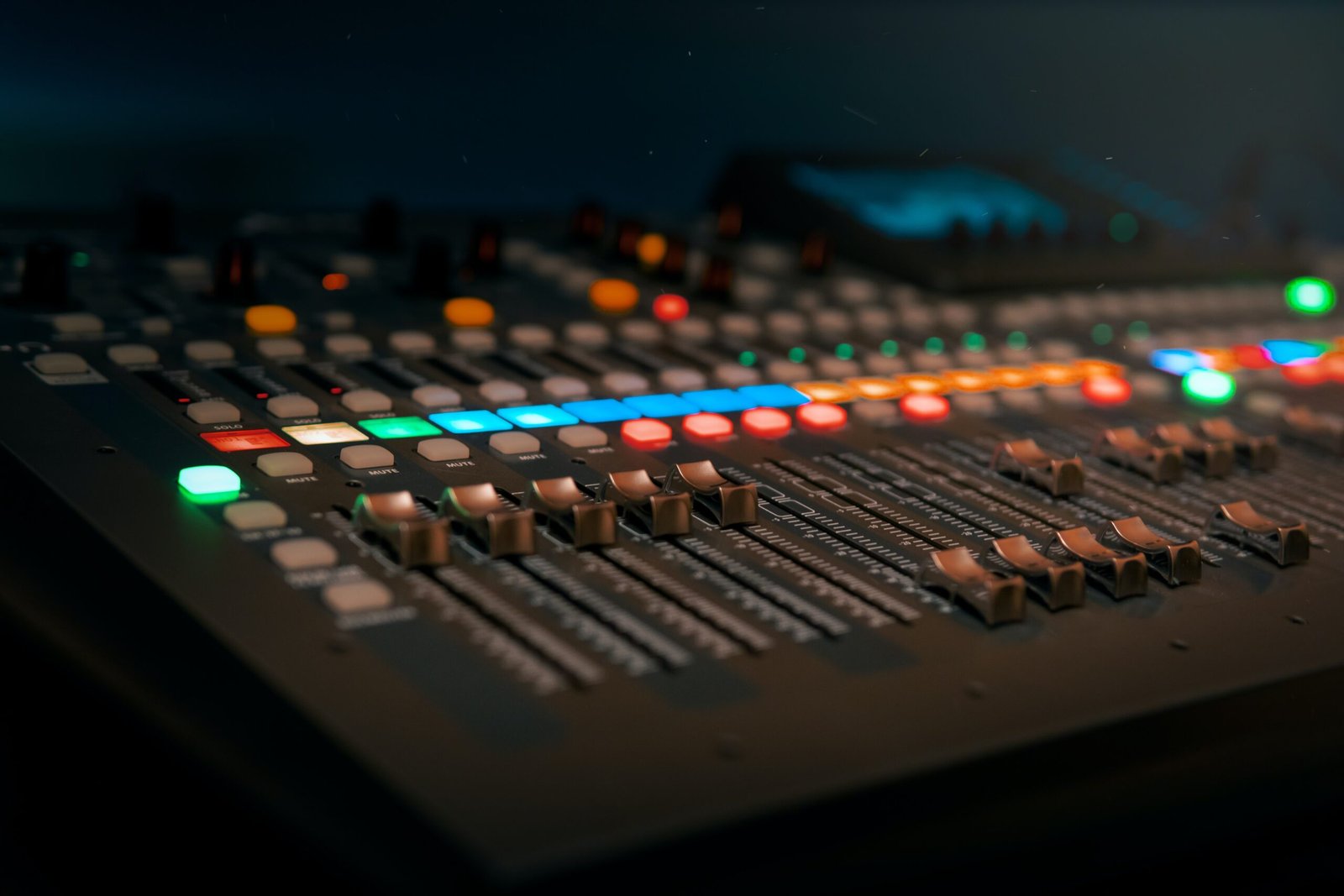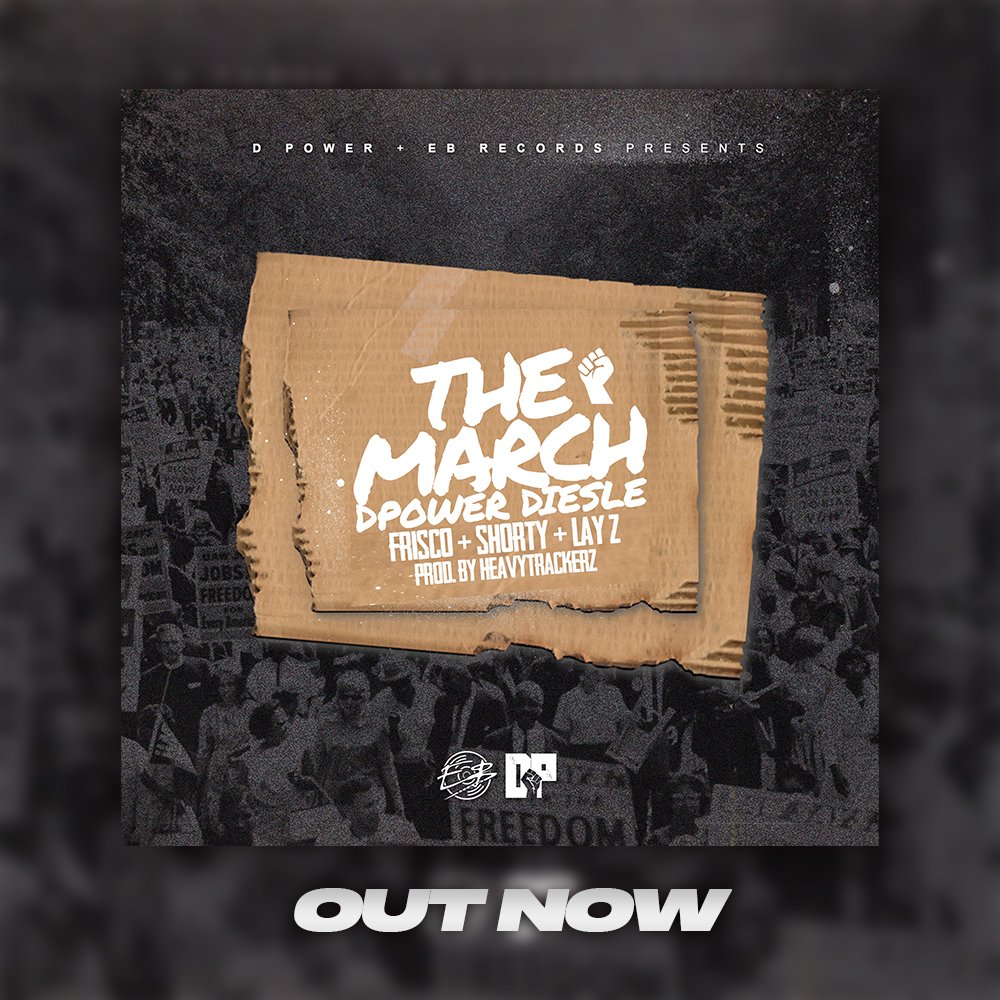
Guide To Building A DIY Recording Studio
Let’s say you are an aspiring musician or a singer who is hoping to make it big one day.
In the past, the whole process could have taken years or decades, and sometimes it may not even lead to anything worthwhile. The struggle of the creative souls was and is real.

However, in this modern era, if you have talent, you don’t need agents and publicists to take your work to the masses. All you need is quality content and the right channel to share it with the public. If music is your domain, you should seriously consider setting up your own recording studio at home and start working on your next masterpiece. Don’t worry, a home recording studio does not necessarily have to be as expensive as it sounds.
Discover the must-have products for your recording studio:
Well, things are digital nowadays and you simply can’t think of recording and processing music without a computer. Given that most people own a desktop or laptop PC with a reasonably modern hardware configuration, this won’t be a significant expense. That said, if you are really serious about setting up your own recording studio, it is recommended that you check out PCs that are known to be better than others for this type of work. For example, the latest Apple MacBook Pro is an excellent piece of equipment for music production. 
2. PreSonus MultiTrack Recording Software
The DAW is the computer software that enables you to record, edit, mix, and perform other activities that are involved in music production. The MacBook already comes with a built-in basic DAW called Garageband that can be upgraded to a full-fledged application called Logic Pro X. Reaper, Ableton Live, PreSonus Studio One, Pro Tools, and FL Studio are other DAW options that you can explore based on your budget and requirements.
3. Aston Microphones Origin Condenser Microphone
Needless to say, a high-quality microphone is necessary for an aspiring musician. A dynamic or condenser microphone would be a good place to start if you want to record vocals and instruments with good quality. Every microphone has varied frequency responses and will record your voice differently. So, it’s important to try out different models at a local audio store to zero in on one that suits your voice, pitch, texture, and timbre. Bring home a pop-filter and a mic-stand while you’re at it.
We found the Aston Microphone Origin to be an excellent and still affordable condenser mic. The Origin is a fixed pattern (cardioid) condenser and has a built-in pop filter. It is versatile enough to use with most instruments and excels on acoustic guitar and vocals. The Origin is designed to deliver direct, smooth and intimate sound for a natural and transparent recording.
An audio interface or a preamp is a hardware tool that receives analog audio signals from your microphone and instruments and converts them into digital signals for the computer to read. They also play an important role in enhancing the quality of the input signals. There are many options in the market depending on the type of music and the number of instruments you are going to use. In any case, the sound gurus at Musicaroo recommend selecting the best preamp for your mic, irrespective of your level of expertise. We have found the best affordable option for preamps to be the Focusrite Scarlett OctoPre. With eight natural-sounding mic preamps and eight balanced line inputs and dual front-panel instrument inputs, the scarlett octopre ideal for live use and offers the best quality sound for home studios.
The widely used headphones for recording are the closed-back ones, whereas a pair that won’t feed noise into the microphone would be the best option for monitoring. The headphones can also be used as an extra reference for mixing and mastering. Sony MDR-7506 is one of the most common headphones used in recording studios. Audio Technica ATH-M40X is another viable option that can get the job done.
6. Yamaha HS8 Studio Subwoofer
Monitor speakers are essential for proper mixing. The choice primarily depends on the size of your recording studio. Most sound engineers and music producers around the world recommend Yamaha HS series monitors that are considered to be the best in the world for this application. KRK Rokit 5 G3 is also an excellent choice, especially if you are on a tight budget. If monitors are out of your budget initially, you can use the headphones for mixing as a make-do-measure.
7. Auralex Acoustics SubDude-II Acoustic Isolation Platform7.
Most recording studio newbies overlook the importance of acoustic foam pads that improve your recording studio’s acoustic characteristics drastically. The difference in the overall final output of your music will be quite significant if you trim your recording studio with acoustic foam pads. Recommendations include Auralex Acoustics and Acoustic Fields. Some companies offer room analysis services in order to determine the acoustic pads to buy and the place of installation to achieve the best results.
Connecting all your fancy recording studio accessories would require sufficiently long cables (mostly XLRs and quarter-inch instrument cables). Also, you may need adapters for headphones and other instruments.
With these gadgets and instruments, your home recording studio will be capable of producing professional quality music. As you can see, there are multiple options for each device and it is up to you to choose based on your requirements and budget. So pick the ones you need and have fun creating!















